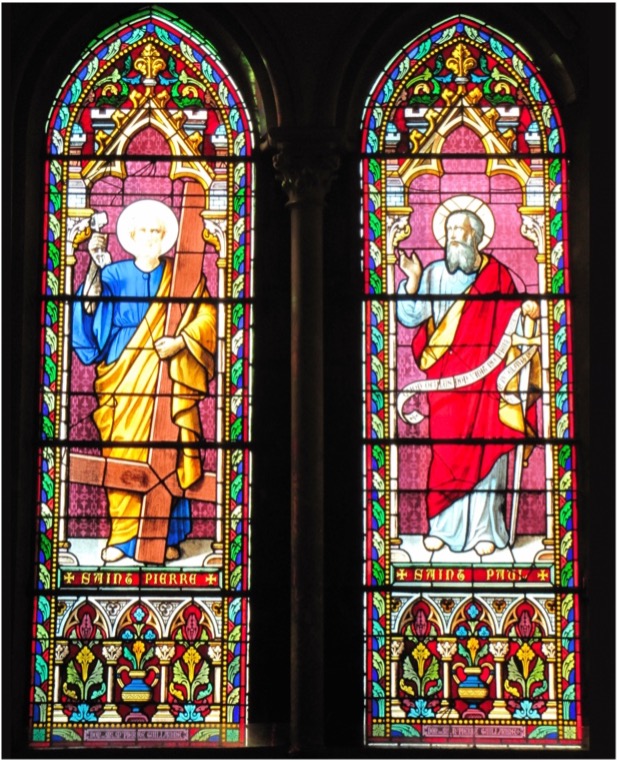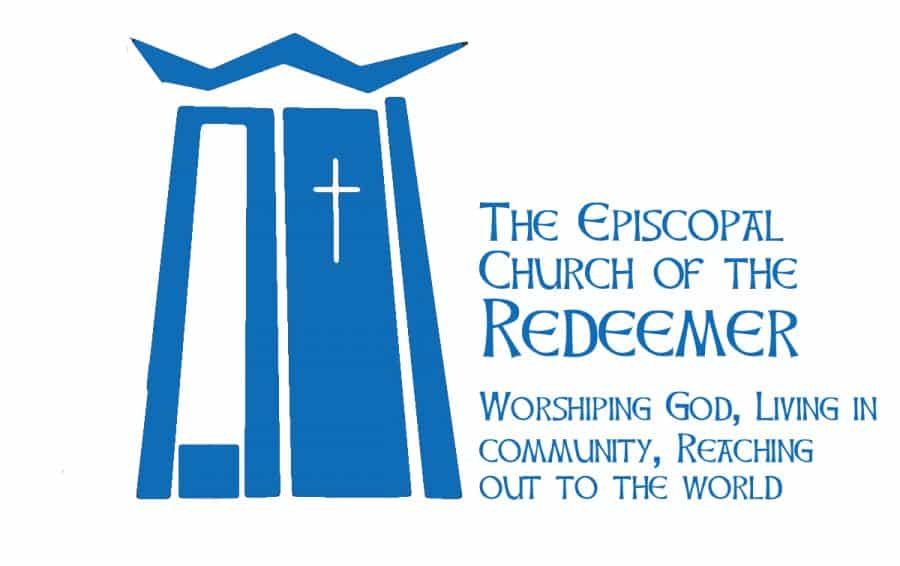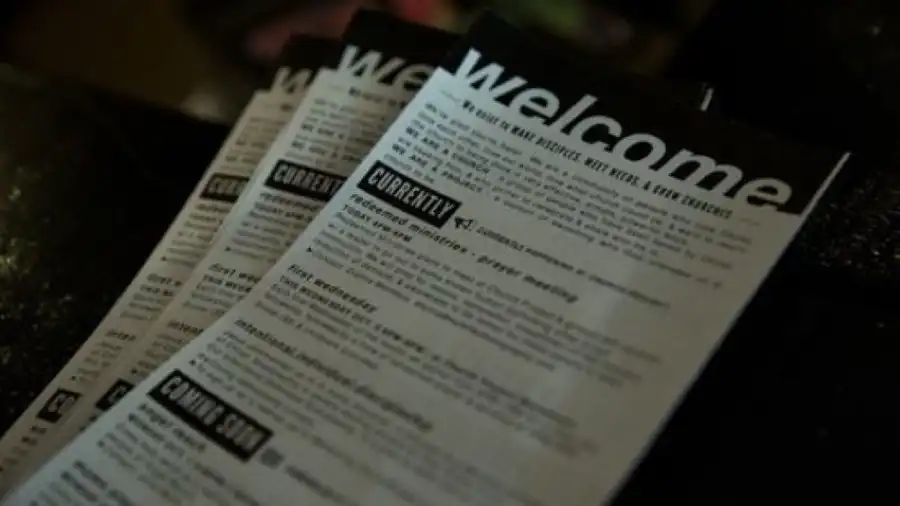The Feast of St. Peter and St. Paul
On June 29th, the Church will remember the martyrdoms of Sts. Peter and Paul, apostles and martyrs.
While there are no explicit testaments to the deaths of St. Peter or St. Paul in Scripture, and though they were not martyred at the same time, tradition has placed the commemoration of their deaths together, as a result of the Neronian persecution of Christians in 64 A.D. Placing the commemoration on June 29th was likely a reference to an event in 258 A.D. when the remains of the martyrs were moved from their resting places to avoid desecration during persecutions ordered by Valerian.
According to Holy Women, Holy Men, the martyrdoms of these apostles were markedly different. The book records, “As a Roman citizen, Paul would probably have been beheaded with a sword” (HWHM, 446). His death would have been faster and less painful than that of Peter, who, tradition holds, was crucified upside-down at his own request, considering himself unworthy of dying the same way as Jesus.

Images of Sts. Peter and Paul often include the instruments of their martyrdoms. Paul may be depicted holding a sword and holding open a book that reads “Spiritus Gladius,” or “sword of the Spirit.” This references both Paul’s beheading with a sword and his letter to the Ephesians, in which he asks the Church to take up “the sword of the Spirit, which is the word of God” (Eph. 6:17). Peter, along with his traditional symbols of keys to the kingdom of heaven, is regularly depicted with an inverted cross.
The relationship between the two can be instructive to us as modern-day Christians. From Holy Women, Holy Men, “Paul, the well-educated and cosmopolitan Jew of the Dispersion, and Peter, the uneducated fisherman from Galilee, had differences of opinion in the early years of the Church concerning the mission to the Gentiles. More than once, Paul speaks of rebuking Peter for his continued insistence on Jewish exclusiveness; yet their common commitment to Christ and the proclamation of the Gospel proved stronger than their differences; and both eventually carried that mission to Rome” (HWHM, 446). Where might we within the Church learn to appreciate each other’s differing viewpoints? How can our common commitment to Jesus Christ and the Gospel carry us to the testing ground and beyond?

Bulletin inserts
These weekly bulletin inserts provide information about the history, music, liturgy, mission, and ministry of The Episcopal Church. For more information, please contact us at stw@episcopalchurch.org.

Sermons That Work
For more than 20 years, Sermons That Work, a ministry of The Episcopal Church’s Office of Communication, has provided free sermons, Bible studies, bulletin inserts, and other resources that speak to congregations across the Church. Our writers and readers come from numerous and varied backgrounds, and the resources we provide are used in small house churches, sprawling cathedrals, and everything between.

Church of the Redeemer
Church of the Redeemer: Worshiping God, living in community, and reaching out to the world around us. We are an Episcopal Church serving north King County and south Snohomish County, Washington. As you travel your road, go with friends walking the way of Jesus at Redeemer.
Church of the Redeemer is at 6210 Northeast 181st Street in Kenmore, Washington. The campus is a short distance north of Bothell Way, near the Burke-Gilman Trail. The entrance looks like a gravel driveway. The campus is larger on the inside than it is on the outside. And we managed to hide a large building on the side of a hill that is not easily seen from the street.
The Episcopal Church welcomes you.





